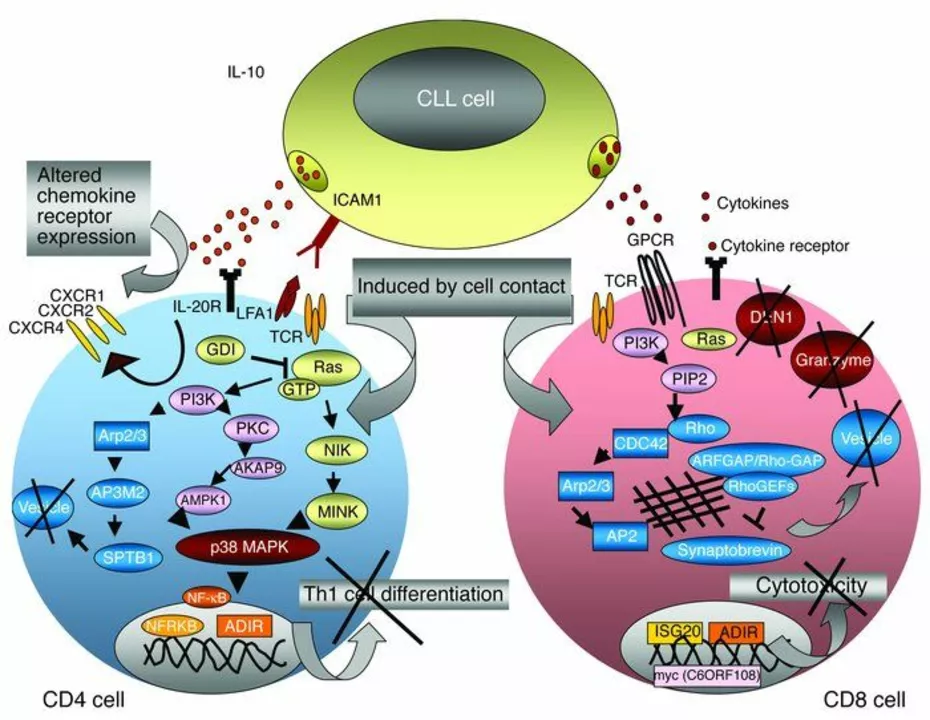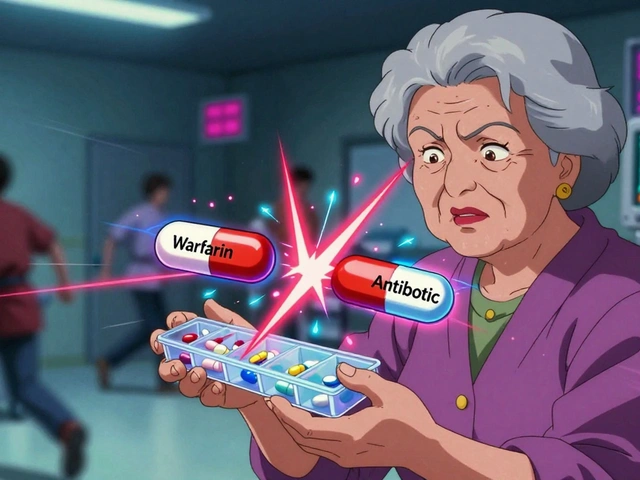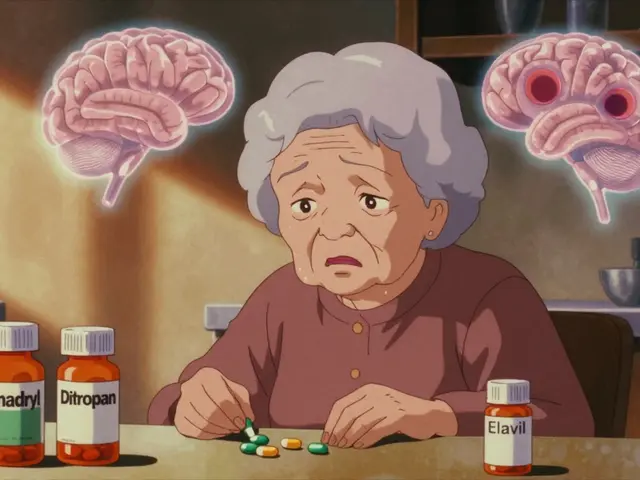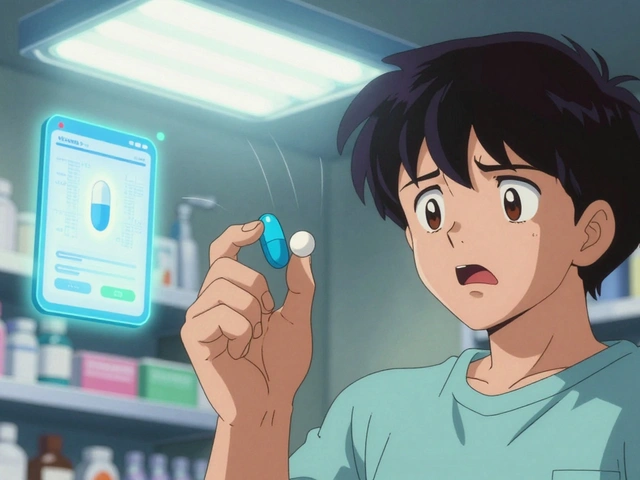Chlorambucil — what it is and who it helps
Chlorambucil (brand name Leukeran) is an oral chemotherapy drug in the alkylating-agent family. Doctors mainly use it for blood cancers like chronic lymphocytic leukemia (CLL) and some low-grade lymphomas. It works by damaging DNA in rapidly dividing cells, which slows or stops cancer cell growth. Because it’s an older drug, you’ll still see it used when simpler, low-toxicity regimens are preferred or when newer targeted drugs aren’t suitable.
Practical benefits and modern context
One big advantage is convenience: chlorambucil is taken by mouth, often in low daily doses or short cycles that are easier to manage than many IV chemo schedules. That can mean fewer clinic visits. But newer targeted treatments (like BTK inhibitors or BCL-2 inhibitors) have changed the landscape for CLL, and many patients now get those instead. Your doctor will weigh effectiveness, side effects, cost, and overall health before recommending chlorambucil.
What to expect — side effects and monitoring
Chlorambucil affects healthy cells as well as cancer cells. The most common issues are bone marrow suppression (low white cells, red cells, or platelets), which raises infection and bleeding risk; fatigue and anemia; nausea; mouth sores; and mild hair thinning. There’s also a small long-term risk of secondary blood cancers (like myelodysplasia or acute leukemia).
Because of these risks, your care team will order regular blood tests. Expect checks of your complete blood count (CBC) and liver function before treatment and at frequent intervals during therapy — sometimes weekly at first, then spacing out if counts are stable. Report fevers, unusual bruising, heavy bleeding, new shortness of breath, or persistent mouth ulcers right away.
Drug interactions and precautions matter. Avoid live vaccines while on treatment. Combining chlorambucil with other strong bone marrow–suppressing drugs raises side-effect risk. If you take blood thinners, talk with your oncologist — dose adjustments or closer monitoring may be needed.
Pregnancy and fertility: chlorambucil can harm a developing fetus and can reduce fertility in both men and women. Use reliable contraception during treatment. Many doctors recommend continuing contraception for several months after stopping — ask your provider for a specific timeframe based on your situation.
Handling and safety: chlorambucil is cytotoxic. If you handle the tablets, avoid crushing or splitting them without guidance, and wash hands after contact. Caregivers should use gloves if they must handle pills for someone else. Dispose of unused pills according to local hazardous-medication rules or return them to the clinic or pharmacy.
Final practical tips: follow your oncologist’s dosing plan exactly, keep all blood-test appointments, and keep a simple symptom log (fever, bleeding, new infections). If you’re weighing treatment options, ask how chlorambucil compares to newer therapies in terms of effectiveness, side effects, and overall time on treatment. That makes the choice clearer for your life and priorities.





